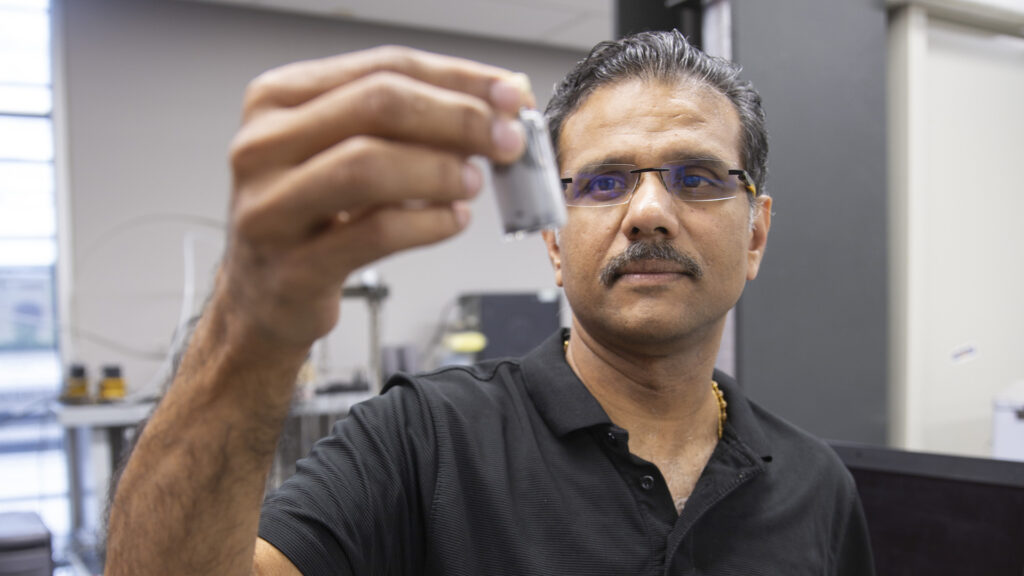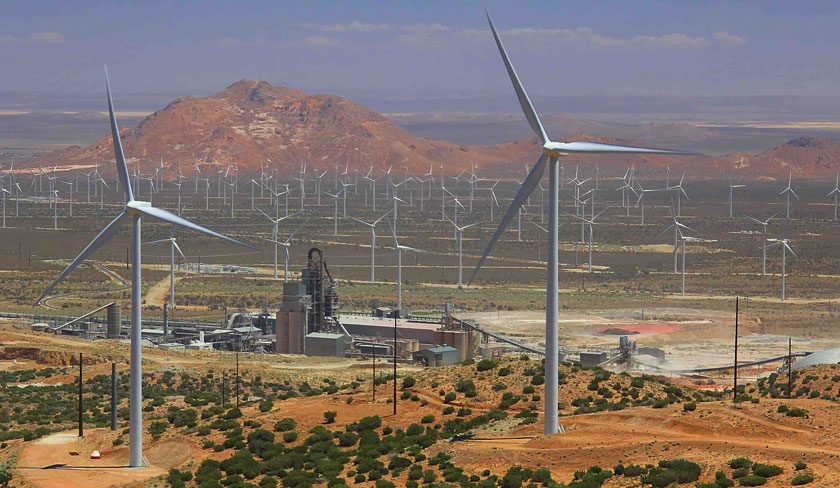An Arizona State University research team won a National Science Foundation Future Manufacturing Research Grant to help support its research into curbing emissions in cement manufacturing through new techniques.
Led by Narayanan Neithalath, the Fulton Professor of Structural Materials in the School of Sustainable Engineering and the Built Environment, part of the Ira A. Fulton Schools of Engineering at ASU, the team is exploring alternative processing options for cement to control carbon emissions using novel energy sources and alterations in the ingredients used.
“If we stand a reasonable chance of staying below the 2 degrees Celsius warming target set by the Paris Agreement, cement-related emissions will have to fall by more than 20% in the coming decade, after accounting for about a 20% increase in cement production and consumption to meet the demands of economic development and urbanization in many parts of the world,” Neithalath said.

He said his team’s research will focus on two main goals: 1) separating lime from the limestone without producing carbon dioxide through novel electrolytic and hybrid routes, and 2) cement synthesis through a low-energy pathway, utilizing autocatalysis, a process for which energy can be provided through renewable sources such as solar power.
Additionally, Neithalath said that there is a need to enable significant advancements by industry without requiring complete replacement of existing manufacturing infrastructure, because the costs and time necessary to do that quickly would put big strains on businesses.
“The big challenge is not only about creating a new manufacturing process that is environmentally sustainable,” Neithalath explained. “It is also about manufacturing concrete with the lowest carbon emissions possible without a big increase in the price. This is what we hope to accomplish.”



